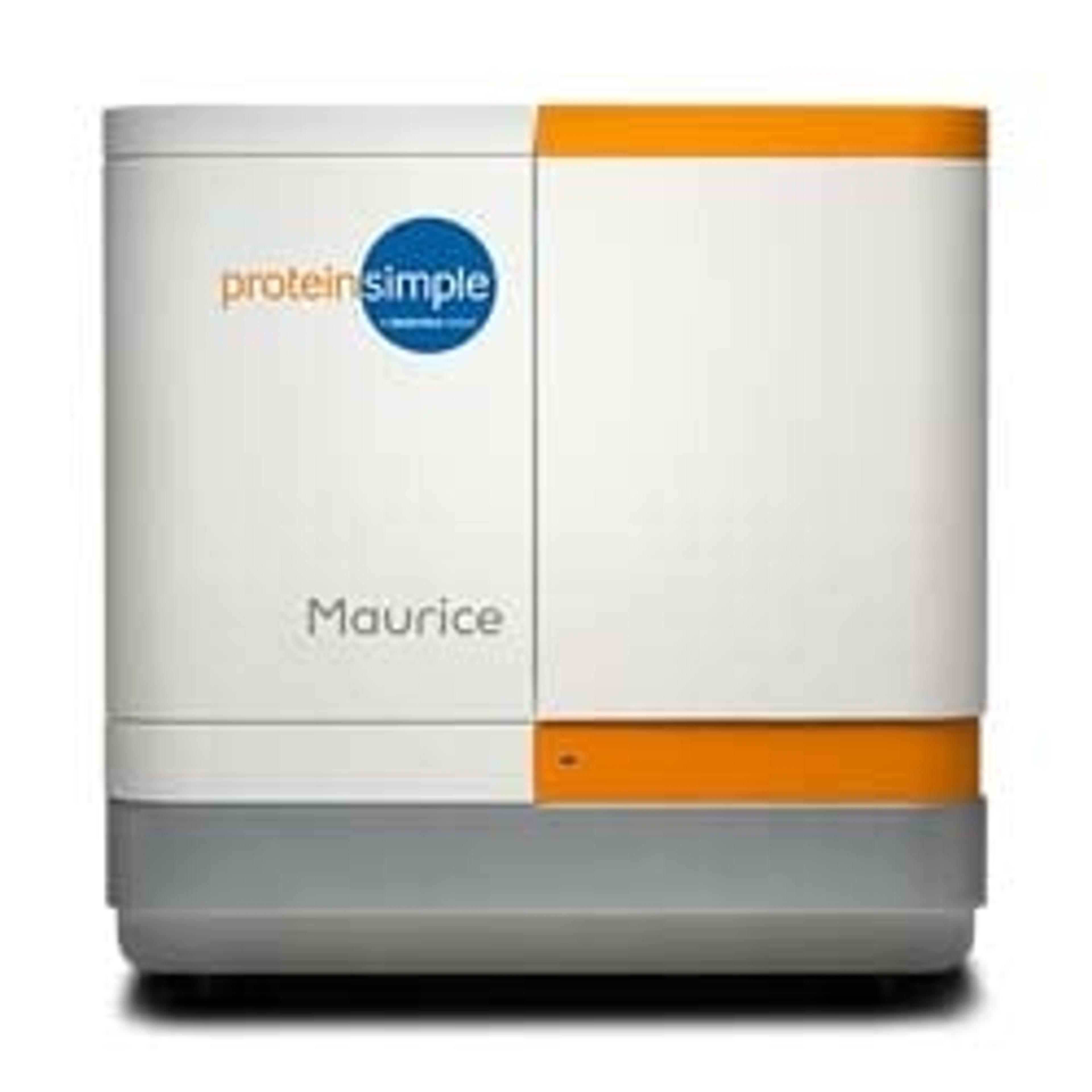A close look at in vitro diagnostic manufacturing: Immunoassays for COVID-19
In this interview, we hear from Minna Mattila on the importance of quality control in the development of IVD immunoassays for disease detection, diagnosis, and monitoring
9 Dec 2021

Diagnostic testing plays a crucial role in disease detection and management. Access to solutions that enable earlier and more accurate diagnosis, such as in vitro diagnostic (IVD) immunoassays, improve the quality of healthcare that patients receive. IVD immunoassays are used in the detection of a wide range of diseases and conditions and have become an important tool across the world to help reduce the spread of COVID-19. Antibodies and antigens are essential reagents in IVD manufacturing. The quality of these core raw materials is essential for accurate test results.
In this exclusive interview, we speak with Minna Mattila about her role as a Technology Manager at Medix Biochemica, a supplier of critical raw materials to the IVD industry. Here, Mattila shares her expert insight in the production of high-quality antibodies for IVD assays used in the diagnosis of COVID-19, the key analytical technologies ensuring quality control, and the future of IVD immunoassay development
Tell us about your role at Medix Biochemica
I work as a Technology Manager in the R&D Team of Medix Biochemica, where I am the leader of the protein chemistry group. We develop purification methods for new antibody products and carry out the physico-chemical characterization of our new antibody products. I have over twenty years’ experience in proteins, from functional and physico-chemical analysis to structural characterization.
How are IVD immunoassays used in COVID-19 diagnosis and treatment monitoring?
IVD immunoassays can be used in diagnosing whether or not a person has COVID-19. A nasal swab is taken and the sample is diluted in sample buffer. A rapid test lateral flow dipstick is then inserted into the sample and the result is read from the detection window. This type of test usually detects SARS-CoV-2 antigens in the sample.
An IVD immunoassay can also be used to detect the presence of anti-SARS-CoV-2 antibodies in the sample. For this, the test set-up is slightly different, and SARS-CoV-2 antigens and anti-human IgG antibodies are used to detect the anti-SARS-CoV-2 antibodies in the patient sample.
In the COVID-19 pandemic, events in other organs systems have also been detected. One example of which is in cardiac events, such as myocardial infarction, myocarditis, stress cardiomyopathy, and arrythmia, to name a few. Diagnosis and follow-up of these events is mainly performed using immunoassays that detect event-specific biomarkers. For example, cardiac troponin I is used for acute myocardial infarction and NT-proBNP is used to confirm or exclude cardiovascular disease, in particular heart failure. D-dimer can also be used to diagnose and follow-up deep vein thrombosis and pulmonary embolism.
Why are high-quality antibodies essential for IVD development?
They are essential for doctors to be able to give reliable diagnosis to their patients. Antibodies are key components of immunoassays, as they recognize the target from the sample. The antibodies used in the assay need to be specific and have high affinity to the target to avoid the wrong diagnosis. In an immunological IVD test, there can be either one or two antibodies that recognize the target. One antibody is used as capture antibody and the other in the detection of the antigen. For example, in an ELISA assay, the capture antibody is coated on the well and the sample is added, which allows the target to bind to the antibody. After a wash step, the detection antibody is added. Excess detection antibody is washed away after incubation and a secondary antibody with a label, such as HRP, is added.
What are some persistent challenges in IVD manufacturing quality control?
It is a challenge to develop platform methods that are suitable for 95% of the products we make. Currently, we have around 150 different antibodies in production at our Espoo site. We cannot develop product specific methods because that would be very time-consuming and error prone.
Tell us about the key analytical methods you use in IVD immunoassay development
The key analytical methods are immunoreactivity, charge heterogeneity, and homogeneity assays. Immunoreactivity is the functional assay which tells you how well an antibody performs in said conditions or after heat stress, for example. Charge heterogeneity, which we determine by either using the ProteinSimple Maurice or cation exchange chromatography, tells you if there are modifications in the antibody polypeptide chain that will affect the antibody’s overall charge. Certain charge isoforms can be more immunoreactive than others, so together with immunoreactivity assays, we can assess how modifications in the charge affect immunoreactivity. Homogeneity assays assess the amount of antibody monomers in a solution. It is desirable that the antibody stays monomeric as this promotes more consistent results in the customer’s applications, and in our own immunoreactivity assays as well. Antibody aggregates can lead to things such as increased background signal.
How do you use the ProteinSimple Maurice in your workflow and how does it enable you to ensure you meet quality requirements?
We use Maurice in our release testing. The charge heterogeneity is analyzed from all the lots that are sent to customers and compared to a reference lot. If the pI range and charge profile aren’t equal enough compared to the reference, the lot is rejected. The Maurice platform is preferred over other techniques because it has the in-capillary detection system. This detection system is key for a platform method to give repeatable and reliable results.
What do you see for the future of IVD immunoassay development?
I think that there will always be demand for IVD immunoassays, and the current pandemic has proven that to be true. Immunoassays are very versatile, as they can be used in point of care tests as well as in multi-analyte analyzers in centralized laboratories. They can also be used in single analyte tests as well as in multiplex format, where a panel of biomarkers for a particular disease are covered. In addition, immunoassays can be miniaturized and automated for easy usage.
Learn more about solutions for quality control and quality assurance in this SelectScience Special Feature.

